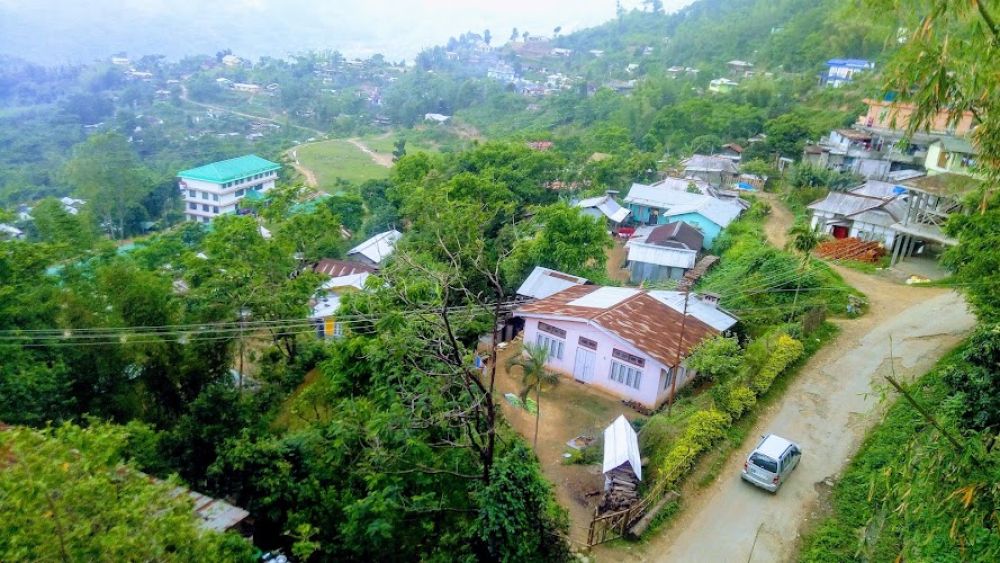

Tourism in Tseminyu, a sub-division within Kohima district in Nagaland, India, has a history intertwined with the rich cultural heritage and breathtaking landscapes of the region. Tseminyu itself represents a tranquil and less explored part of Nagaland, offering visitors an authentic glimpse into the life and customs of the indigenous tribes, primarily the Rengma Naga people.
Tseminyu has long been celebrated for its traditional festivals and the ancient practices of the Naga tribes. Historically, the area did not see much tourist traffic due to its remote location and lack of infrastructure. However, over time, the unique cultural experiences it offers have attracted travelers seeking off-the-beaten-path adventures.
The rise of tourism in Tseminyu started with the growing curiosity about Naga culture and the peaceful, scenic hill landscapes. Early visitors were primarily anthropologists and adventurous backpackers drawn by the region's cultural authenticity. The famous Hornbill Festival, although not held in Tseminyu itself but in Kohima, has further catapulted the region into the global tourism spotlight, indirectly benefiting the sub-division as well.
With increased interest, the government and local communities began to improve the tourism infrastructure. Efforts to promote Tseminyu have included the development of basic accommodations and local guiding services, although the region maintains its rustic and untouched charm.
The latest tourism trend in Tseminyu focuses on eco-tourism and cultural immersion. Visitors are encouraged to engage with the community through village homestays, traditional craft workshops, and cultural tours. The introduction of rural tourism initiatives has helped preserve the environmental integrity of the region while providing sustainable economic opportunities for the local population.
Ngarain Festival, which celebrates the harvests and the culture of the Rengma tribe, is a prime attraction for tourists to Tseminyu. Taking place in November or December, the festival offers a spectacle of dances, music, and cultural exchanges that provide a deep insight into the Rengma way of life.
The challenges facing tourism in Tseminyu include the balance between development and preserving the natural environment and local traditions. Sustainable tourism practices are being encouraged, with a focus on limiting environmental impact and ensuring the benefits of tourism are equitably shared within the community.
The future of tourism in Tseminyu appears to center around niche tourism markets such as cultural tourism, adventure tourism, and eco-tourism. There is an emphasis on authenticity and preserving the pristine nature of the region. The hope is to attract discerning travelers who value deeper cultural interactions and are conscious of their environmental footprint.
Visitors to Tseminyu can expect a meaningful travel experience, rich in history, culture, and nature. As the tourism sector continues to evolve, Tseminyu may yet become a paradigm for responsible and sustainable tourism development in the North East region of India.